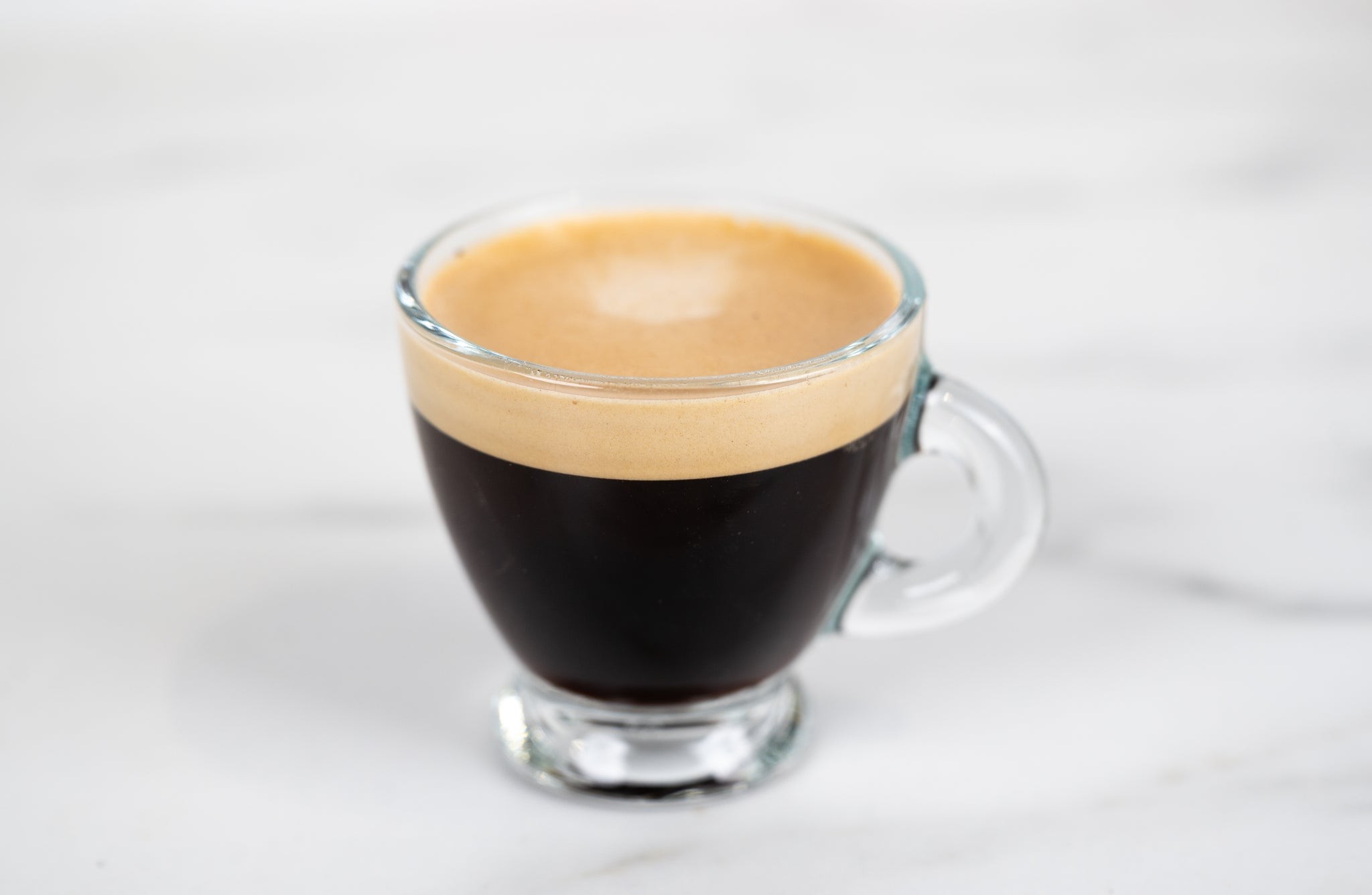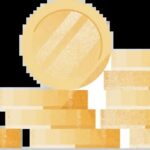Espresso, that small but mighty coffee concentrate, is beloved worldwide for its bold flavor and quick caffeine kick. Understanding its caffeine content is crucial for tailoring your coffee habits. This guide explores the specifics of espresso and caffeine, focusing on how much caffeine you get from two shots of this popular drink.
What is Espresso? A Quick Dive
Espresso isn’t just strong coffee; it’s a brewing method. Finely ground coffee beans are forced through with hot water at high pressure. This results in a concentrated shot with a rich flavor and a layer of crema on top. The key to good espresso lies in what’s known as the Four Fundamentals of Brewing: beans, proportion, water, and grind.
The Four Fundamentals of Brewing
- Beans: The quality of the beans is paramount. Espresso blends often combine different beans to achieve a balanced flavor profile. For example, Compass Coffee uses a blend of Guatemalan, Sumatran, and Brazilian beans.
- Proportion: The ratio of coffee to water is critical. Too much coffee results in a bitter shot, while too little yields a weak, sour brew.
- Water: Filtered water heated to between 195–205°F (90-96°C) is ideal for optimal extraction.
- Grind: Espresso requires a very fine grind. Too coarse and the water flows through too quickly, causing under-extraction. Too fine and the water struggles to pass through, leading to over-extraction.
Espresso vs. Drip Coffee: Caffeine Content
While both espresso and drip coffee provide caffeine, their caffeine concentration differs significantly.
- Espresso: A single 1-ounce (30ml) shot contains approximately 63 milligrams of caffeine.
- Drip Coffee: An 8-ounce (240ml) cup contains about 95 milligrams of caffeine.
Espresso has a higher caffeine concentration per ounce (63mg/oz) compared to drip coffee (12mg/oz).
Factors Affecting Caffeine Content
Several factors influence the caffeine levels in both espresso and drip coffee:
- Bean Variety: Robusta beans contain more caffeine than Arabica beans.
- Roast Level: Lighter roasts retain slightly more caffeine than darker roasts.
- Brewing Time: Longer brewing times generally extract more caffeine.
How Much Caffeine in Two Shots of Espresso?
A double shot, or doppio, of espresso contains approximately 126 milligrams of caffeine. This is what you’ll typically find in a small or medium latte. It provides a stronger coffee flavor and a more significant caffeine boost compared to a single shot.
Espresso Caffeine Content in Popular Drinks
- Latte: Typically made with two shots of espresso (126mg caffeine).
- Cappuccino: Usually contains two shots of espresso (126mg caffeine).
- Americano: Made with two or more shots of espresso (126mg+ caffeine).
Busting Myths About Espresso and Caffeine
-
Myth: Espresso has more caffeine than any coffee drink.
- Truth: Larger servings of drip coffee or cold brew can contain more total caffeine.
-
Myth: Lighter roasts are more caffeinated.
- Truth: The difference in caffeine content between light and dark roasts is negligible.
The Science Behind Espresso’s Kick
Caffeine blocks adenosine, a neurotransmitter that promotes sleepiness, and increases the release of dopamine and norepinephrine. These chemicals contribute to heightened alertness and improved focus. Caffeine’s effects are usually felt within 15 minutes of consumption, peaking after 30–60 minutes and lasting for several hours.
FAQs about Espresso
- Can you make espresso without an espresso machine? Yes, you can use a Moka pot or AeroPress, but they won’t achieve the same pressure as an espresso machine. Capsule systems like Nespresso offer a convenient alternative.
- Does decaf espresso contain caffeine? Yes, but only a small amount (3-5 milligrams per shot).
- How much espresso is safe to drink daily? Up to 3-4 shots (189-252 milligrams of caffeine) is generally considered safe for most adults.
- What’s the difference between a single and double shot? A single shot is 1 ounce (30ml) with ~63mg caffeine, while a double shot is 2 ounces (60ml) with ~126mg caffeine.
Espresso: More Than Just a Caffeine Boost
Espresso is a complex and flavorful beverage with a rich history and cultural significance. Understanding its caffeine content allows you to enjoy it responsibly and tailor your consumption to your individual needs and preferences. So the next time you savor a latte, remember that you’re not just drinking coffee; you’re experiencing a carefully crafted work of art.


